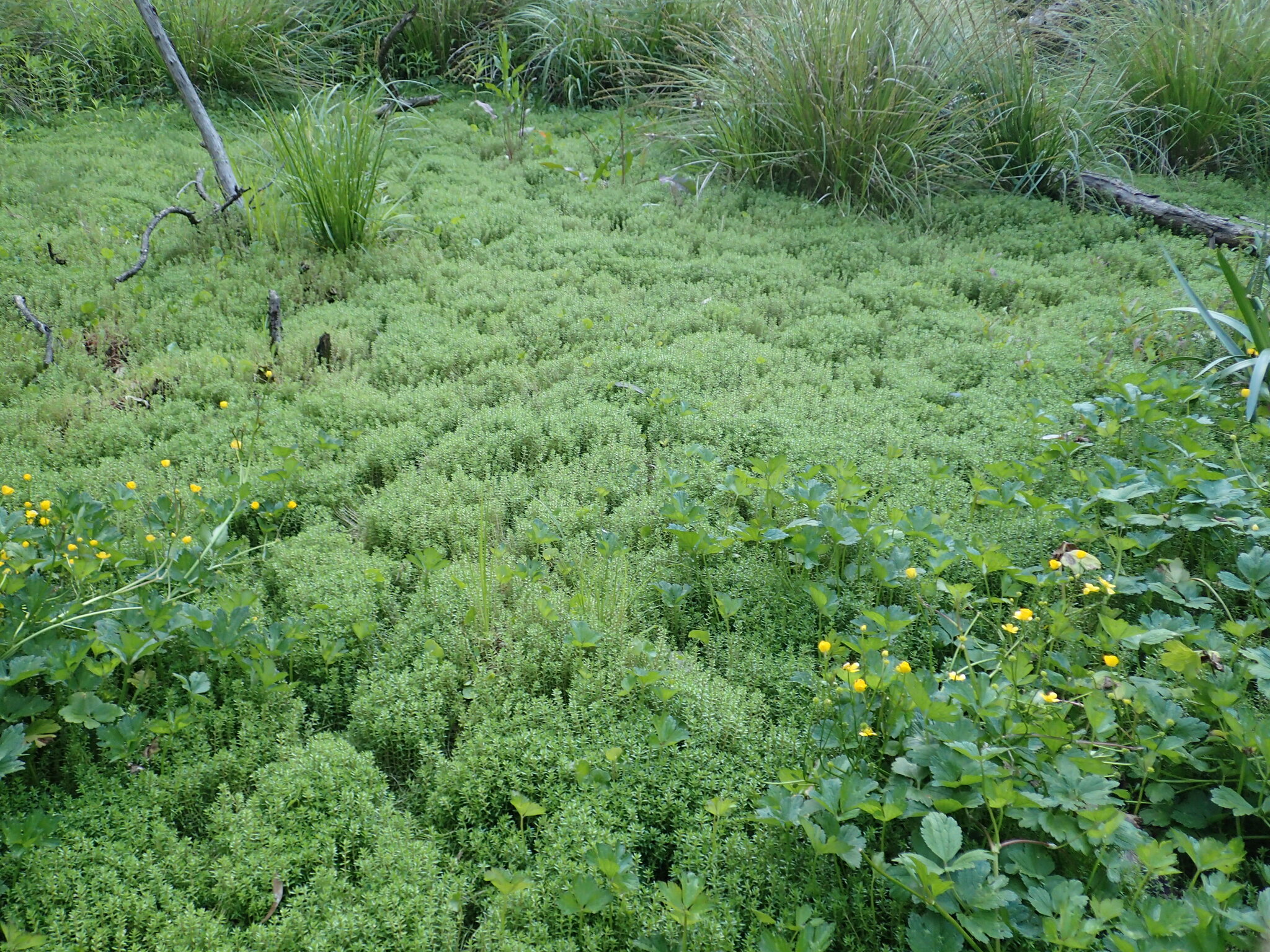
Mostly succulent herbs, shrubs and small trees. Leaves alternate, opposite or whorled, simple and usually entire; stipules absent. Hydathodes (water glands like stomata) sometimes occur on the leaf margins or at the leaf apex. Flowers mostly bisexual, solitary or in clusters (cymes), (3-)5(-32)- parted, or numerous. Sepals and petals mostly free. Stamens usually twice as many as petals and in 2 whorls (1 in Crassula), occasionally the same number as, and alternate with, the petals. Ovary superior. Carpels usually as many as the sepals and petals, usually free, with numerous ovules.
Grown for the interesting succulent foliage and forms. Many species are now grown in private collections but unavailable commercially; others have passed in and out of fashion and are occasionally encountered as garden curiosities, in dish gardens, or as remnants in old rockeries and aging gardens.
About 33 genera, cosmopolitan with a centre of distribution in S Africa.
of plants in this family is often difficult. The subfamily classification and demarcation of genera is in a state of flux. Consult the glossary in volume 2 for technical terms.
Succulent plants with regular flowers; petals free or at least basally fused; ovary superior; carpels free.
Toelken (1985), Thulin (1993), Hart &Eggli (1995), A.G. Miller (1996).
Source: (2002). Crassulaceae. In: . Horticultural Flora of South-eastern Australia. Volume 3. Flowering plants. Dicotyledons. Part 2. The identification of garden and cultivated plants. University of New South Wales Press.
